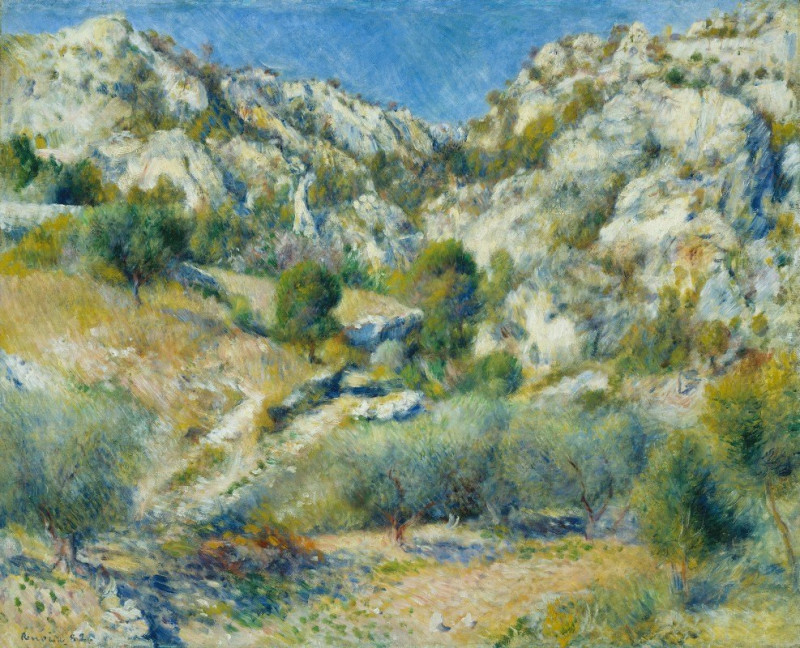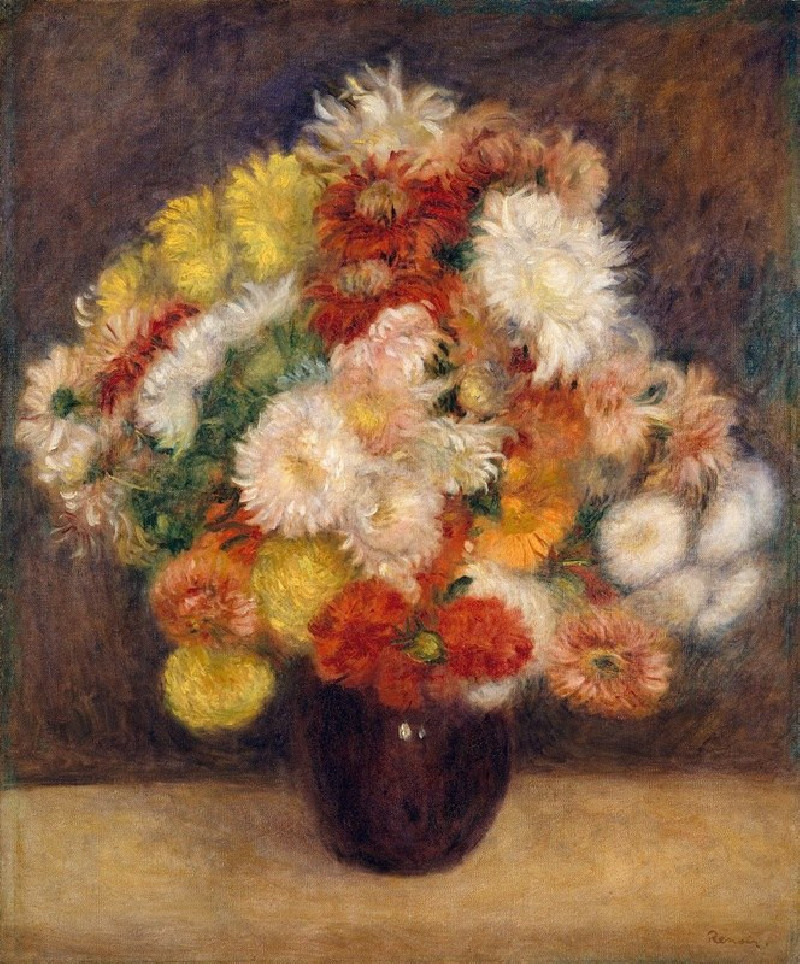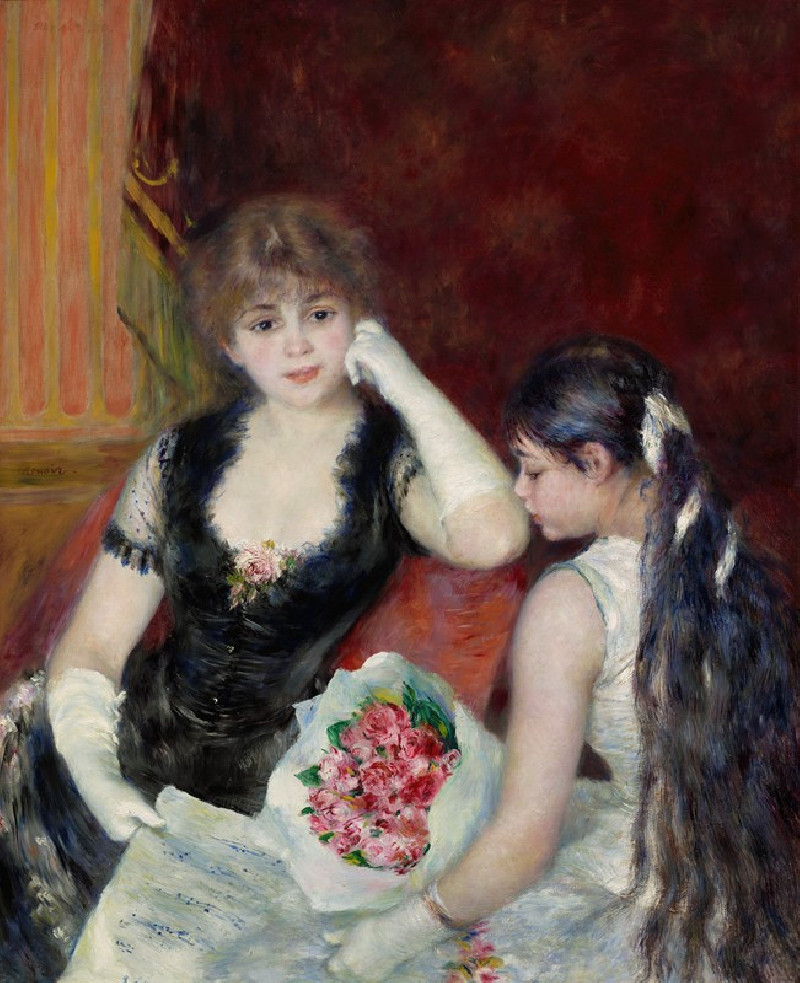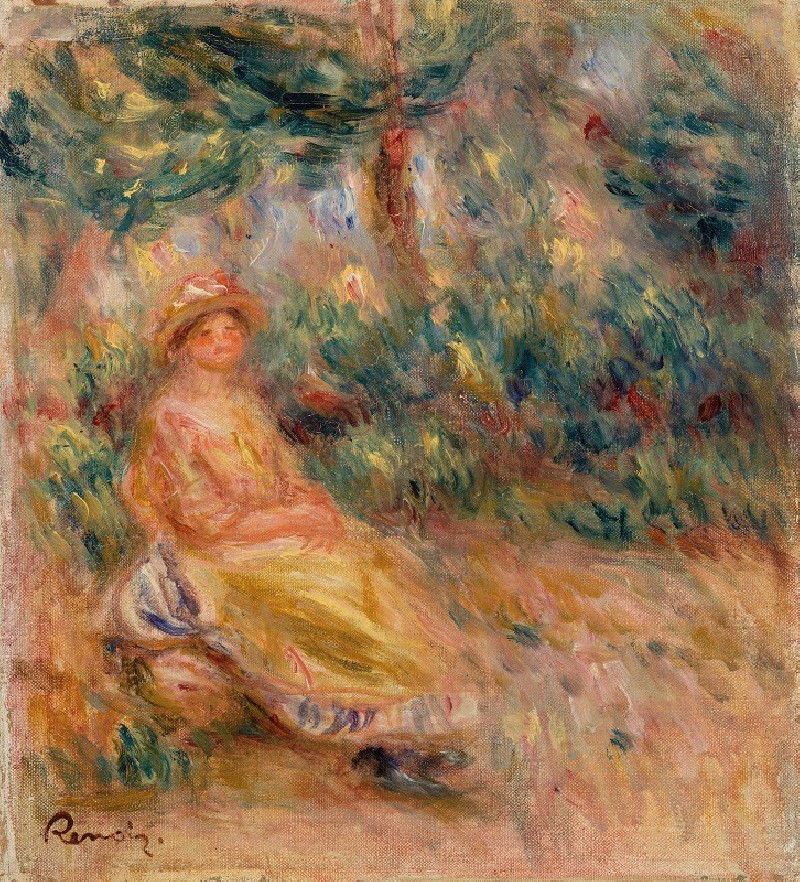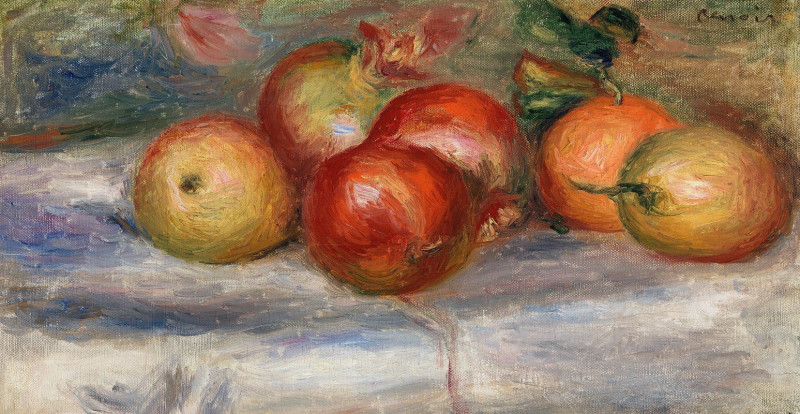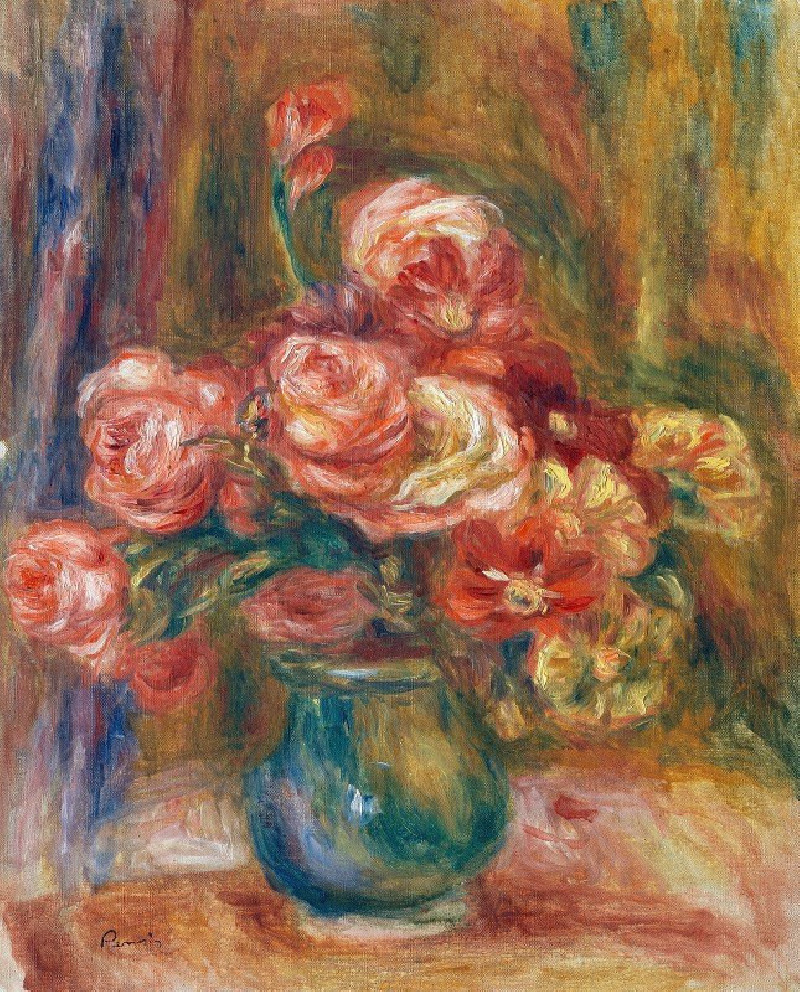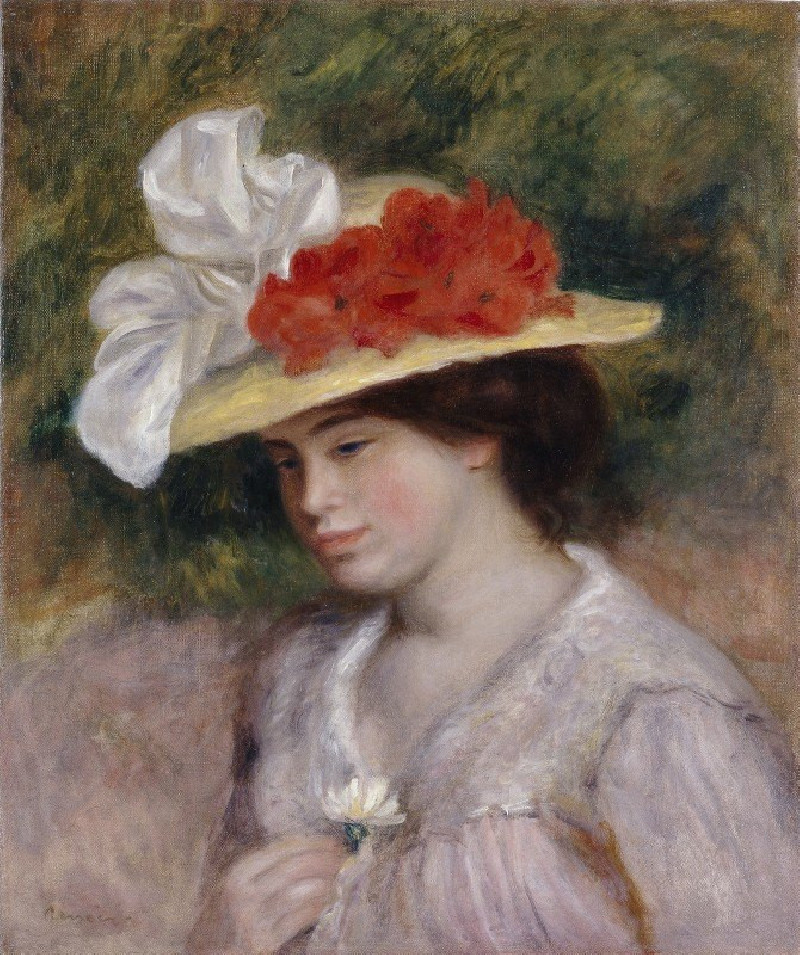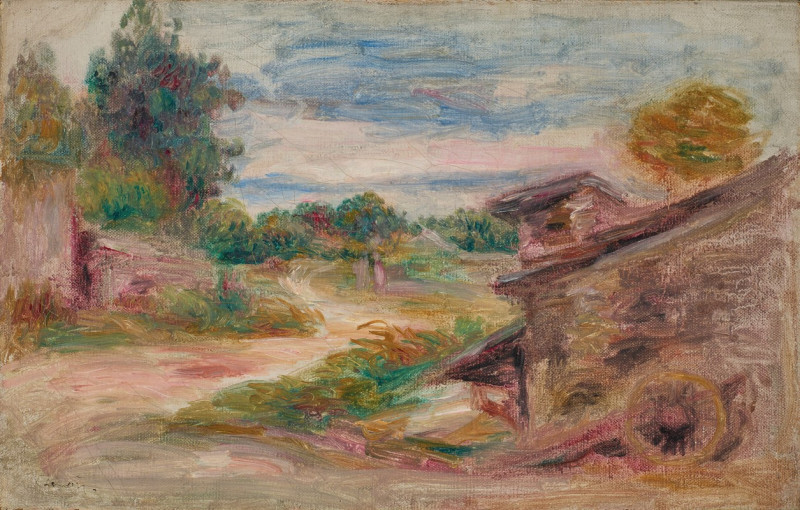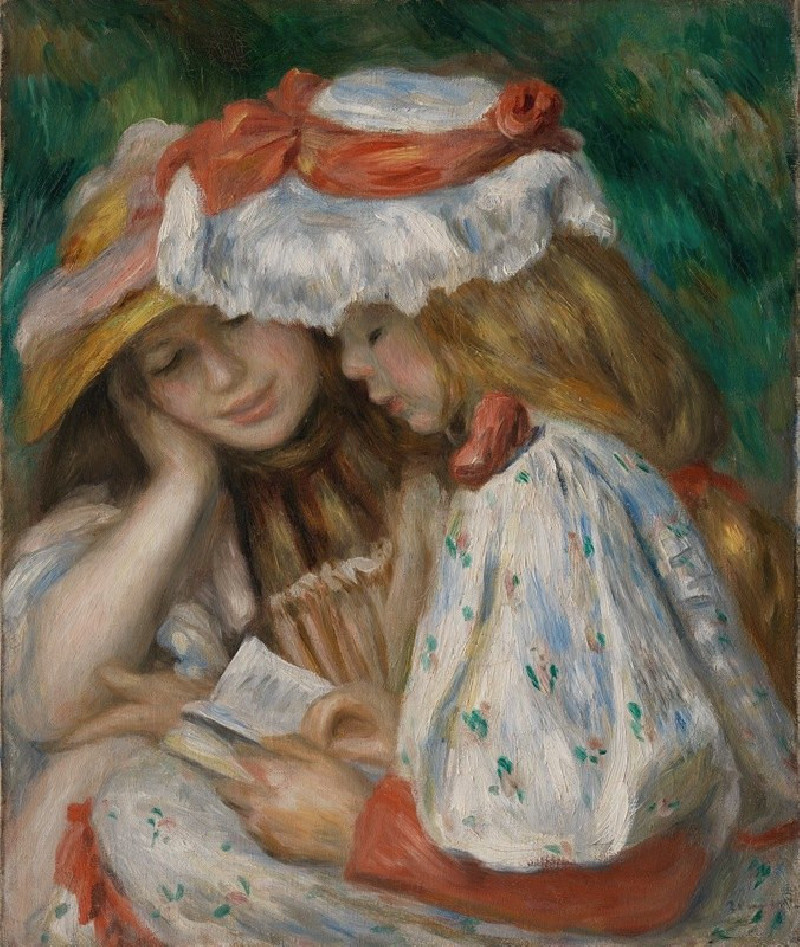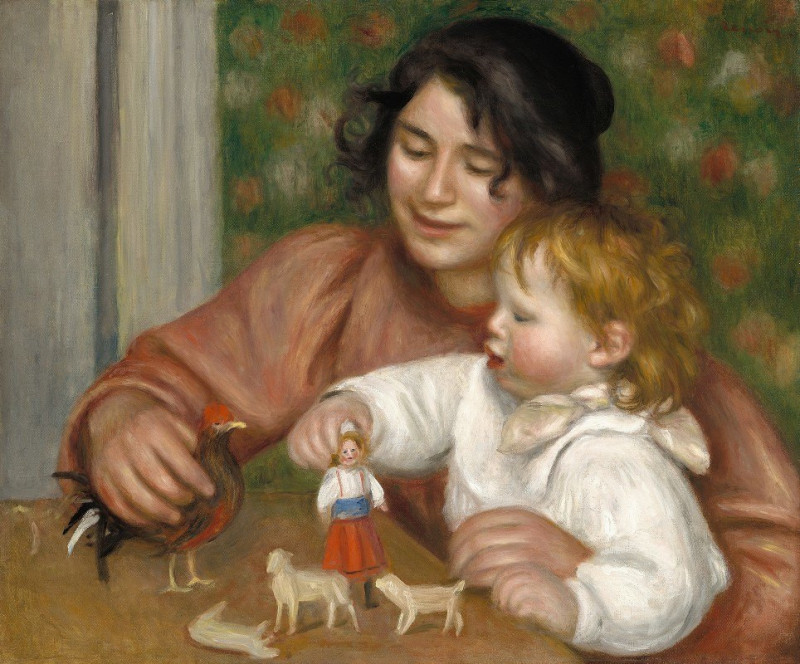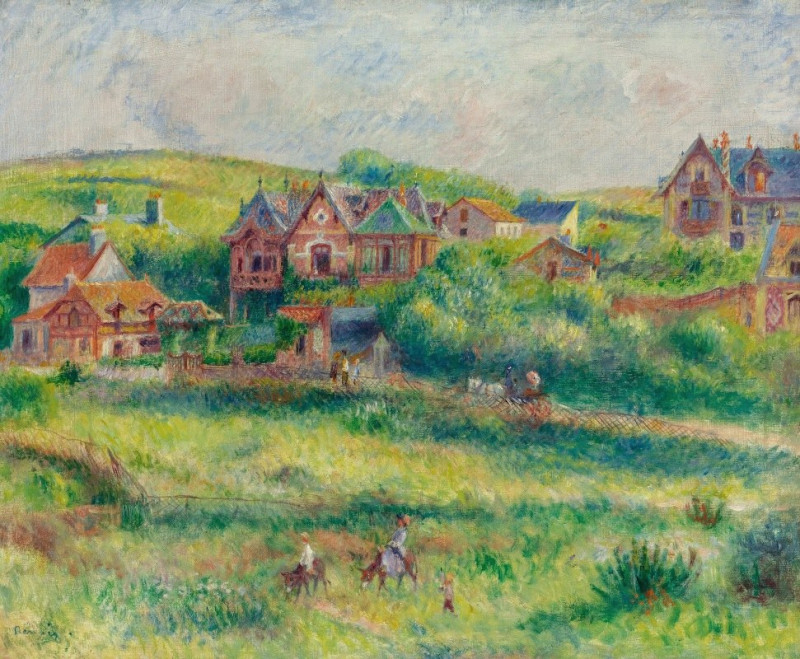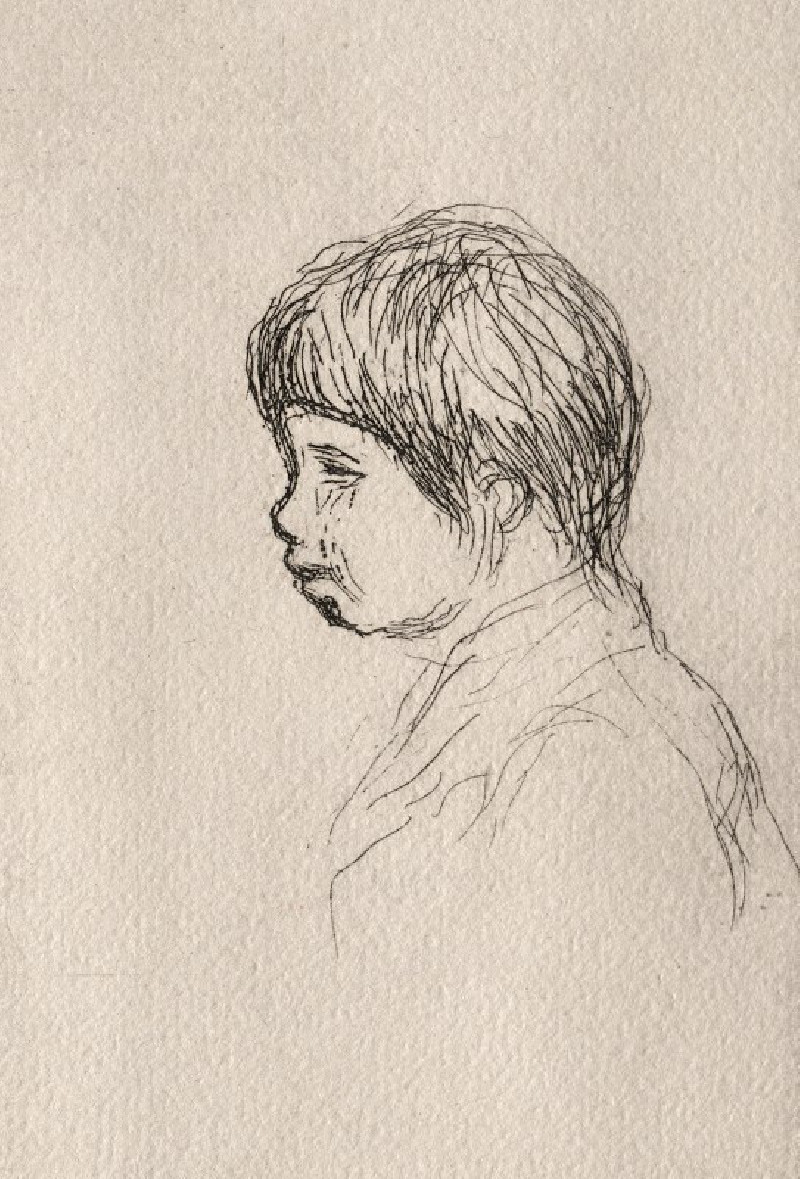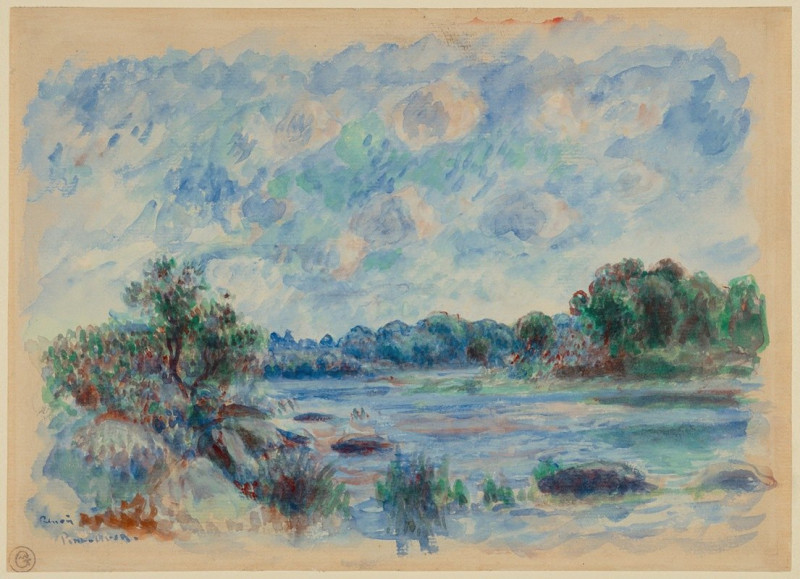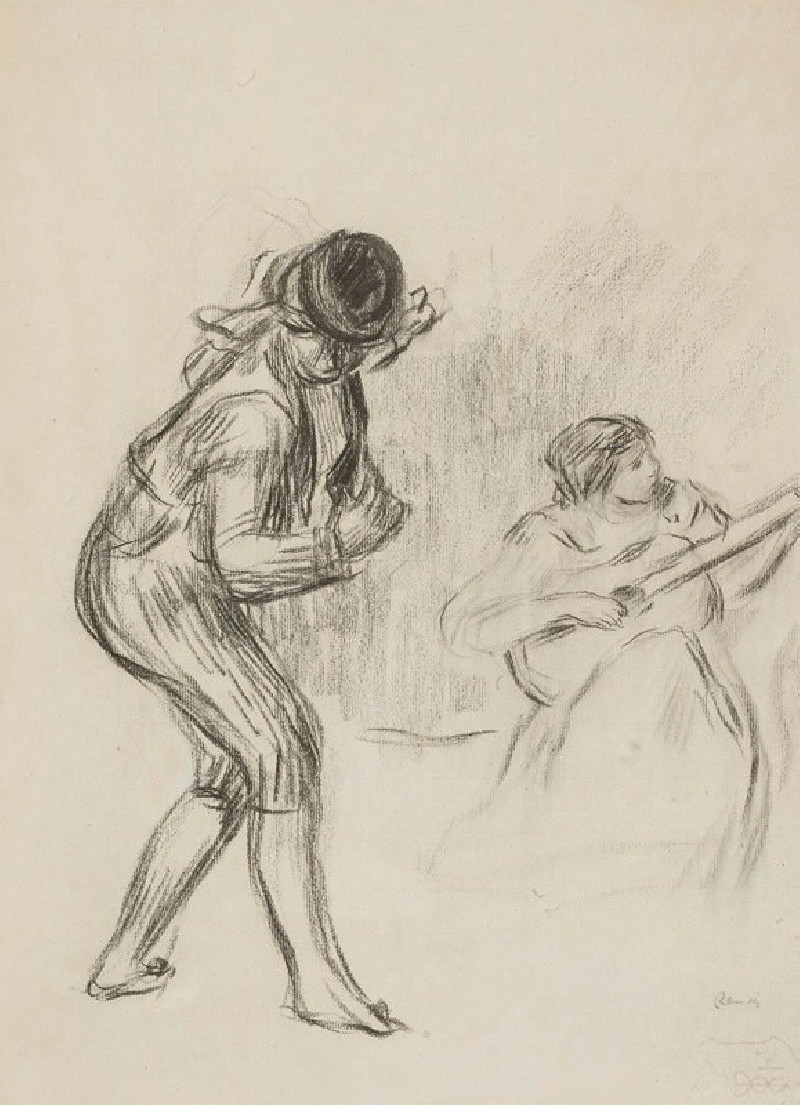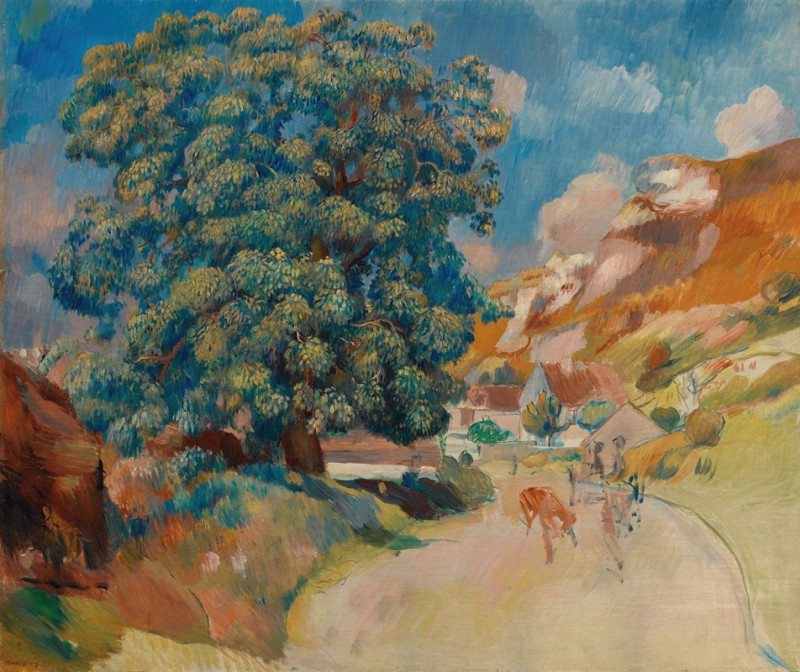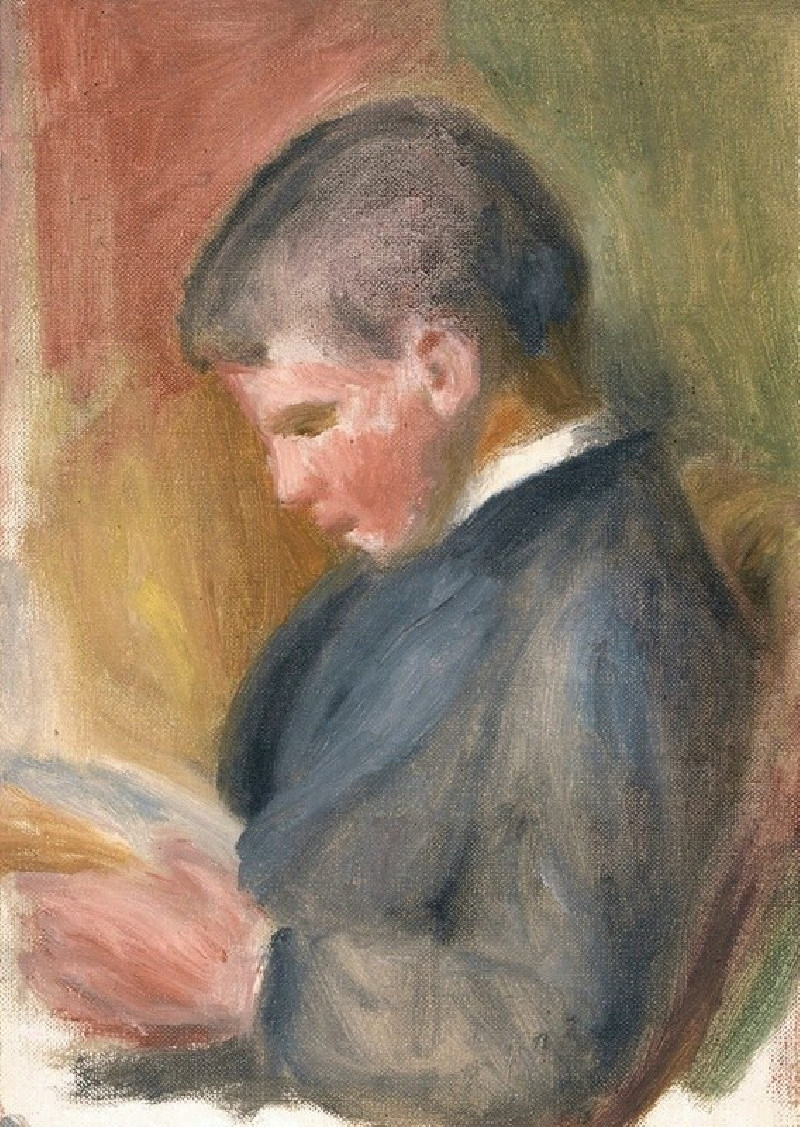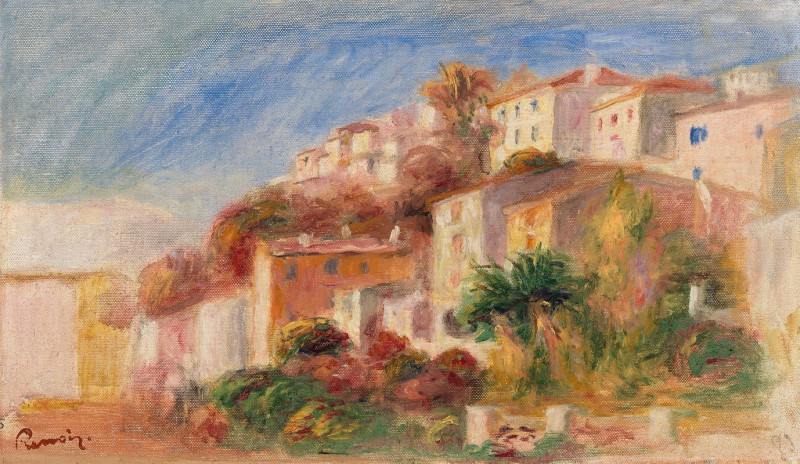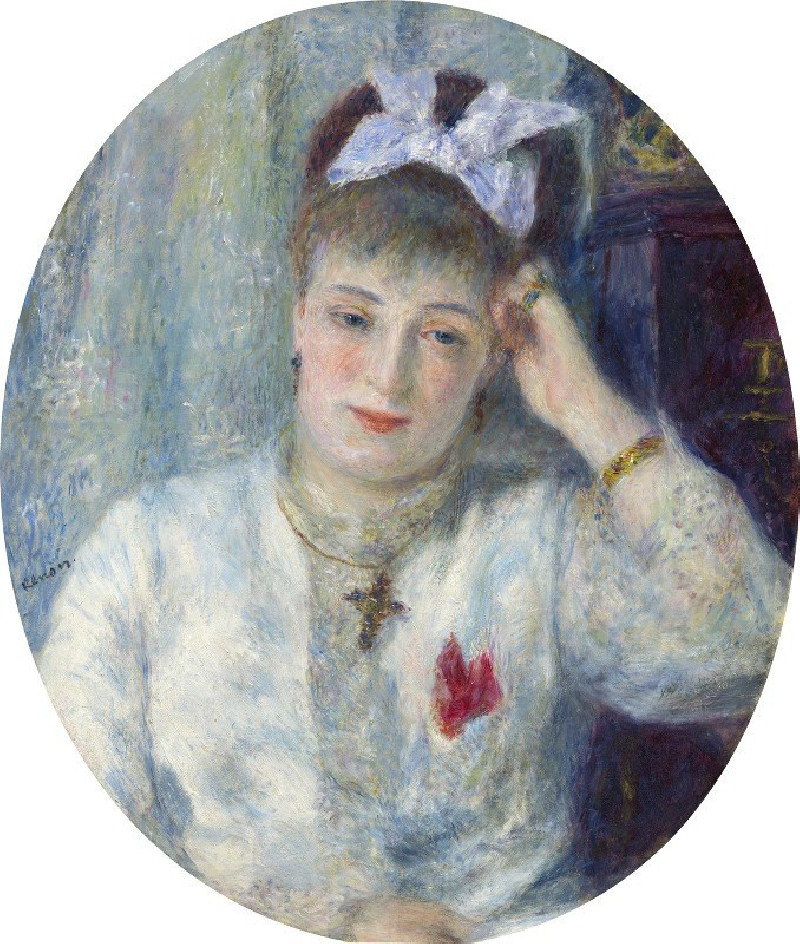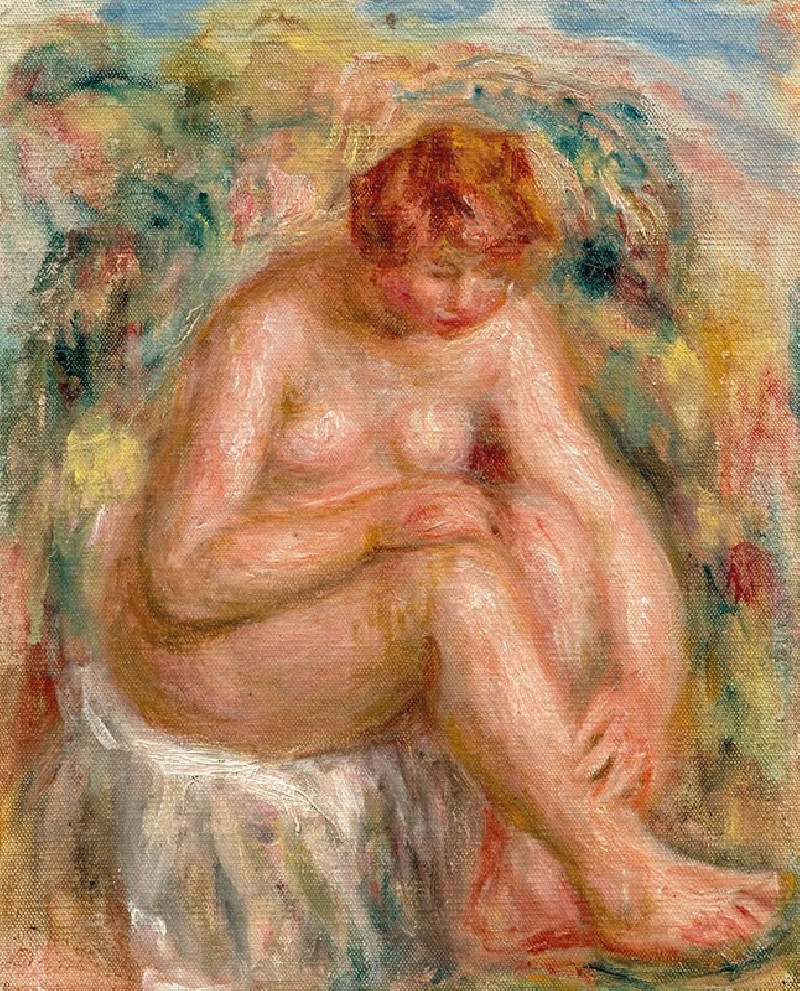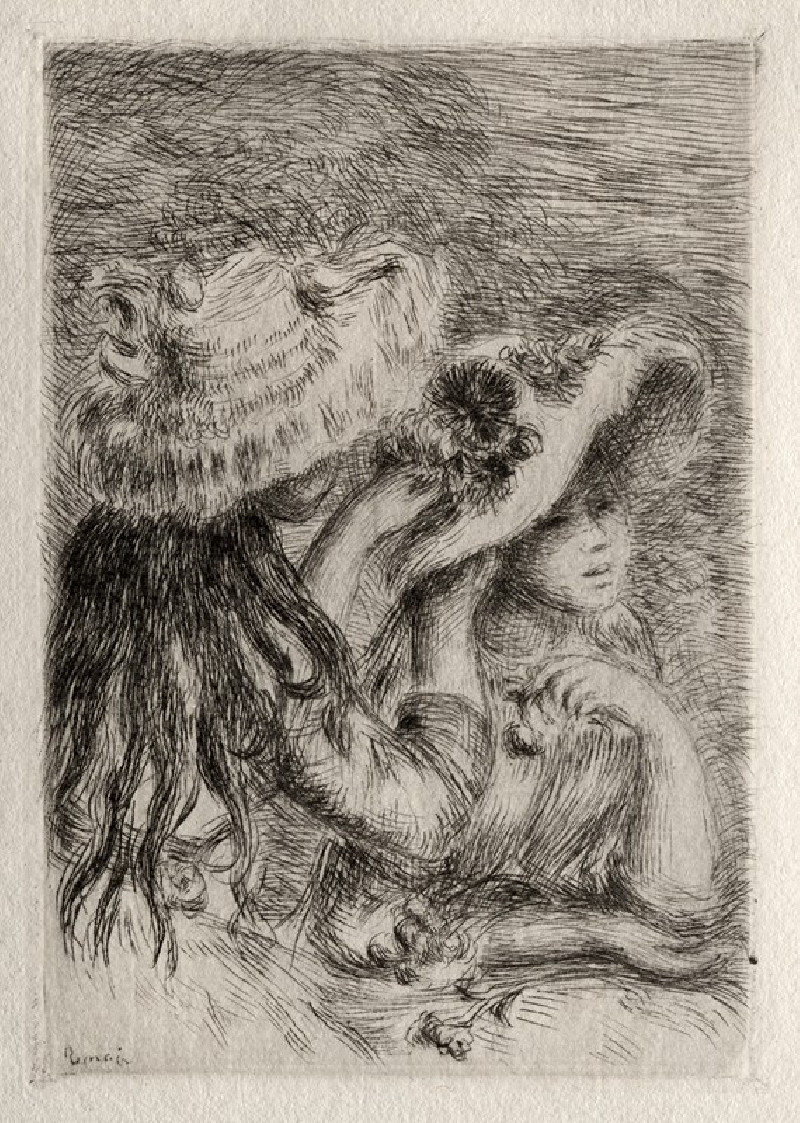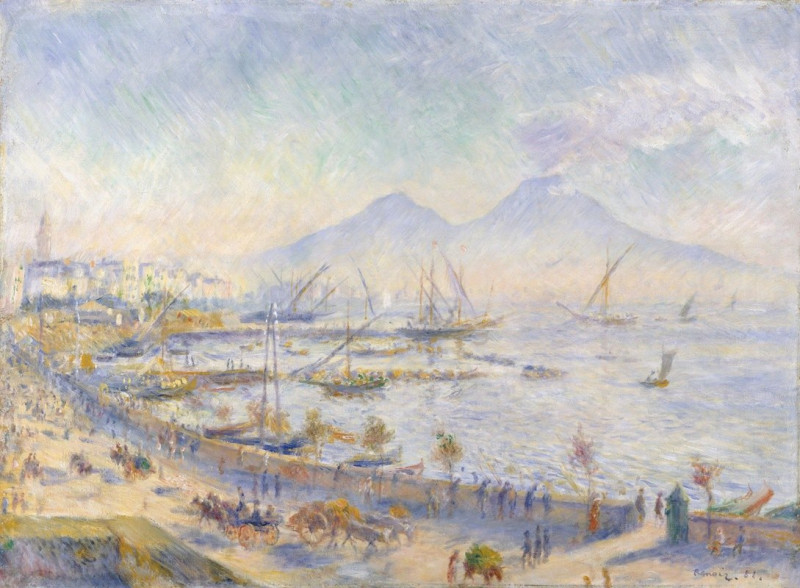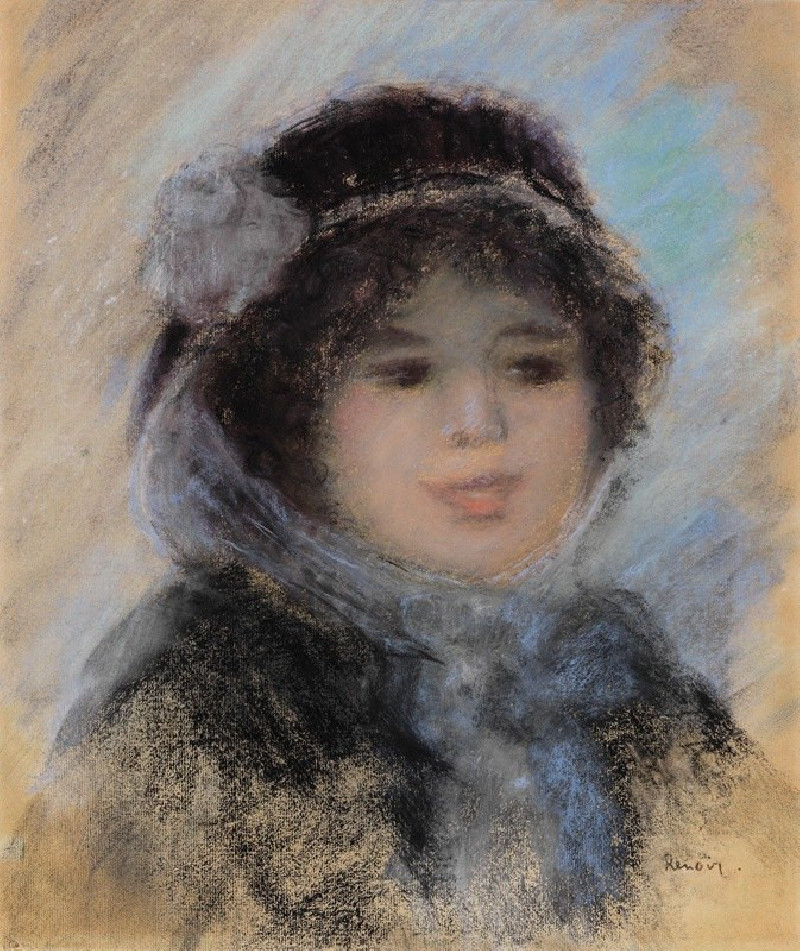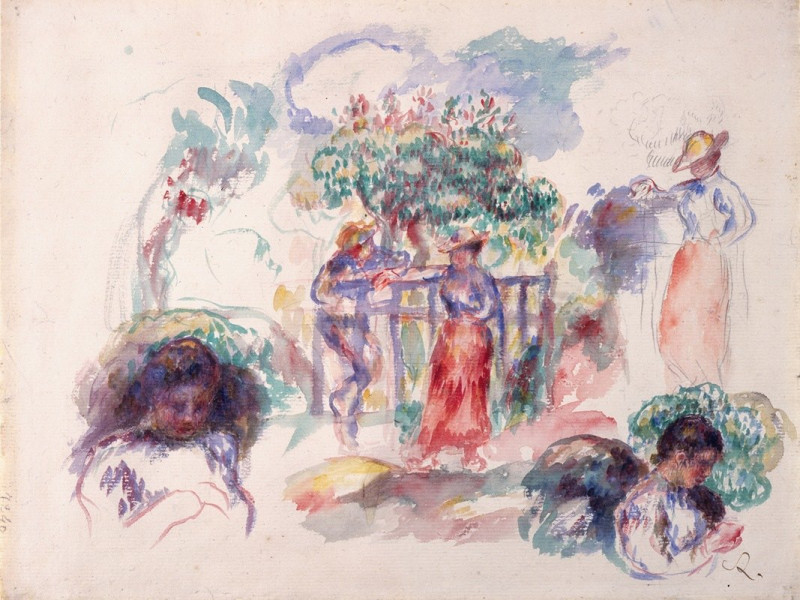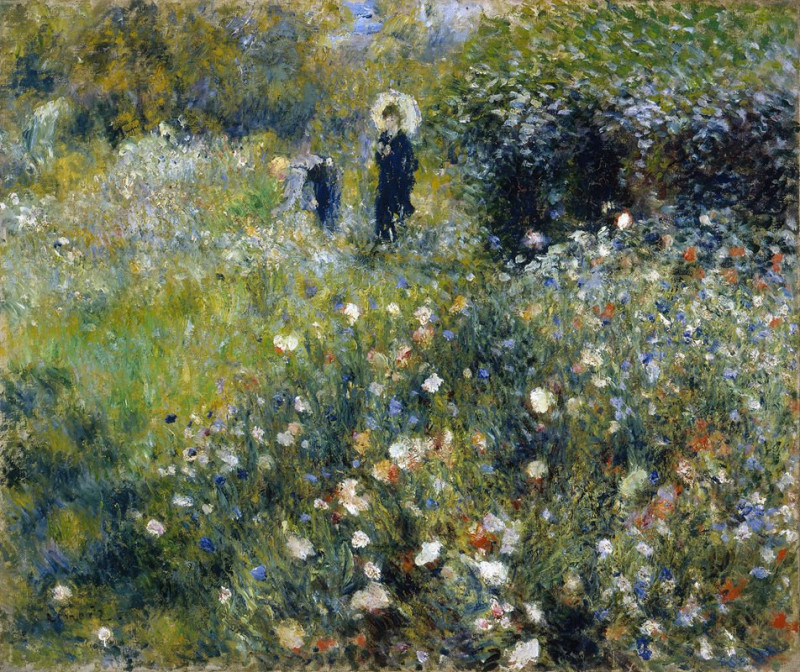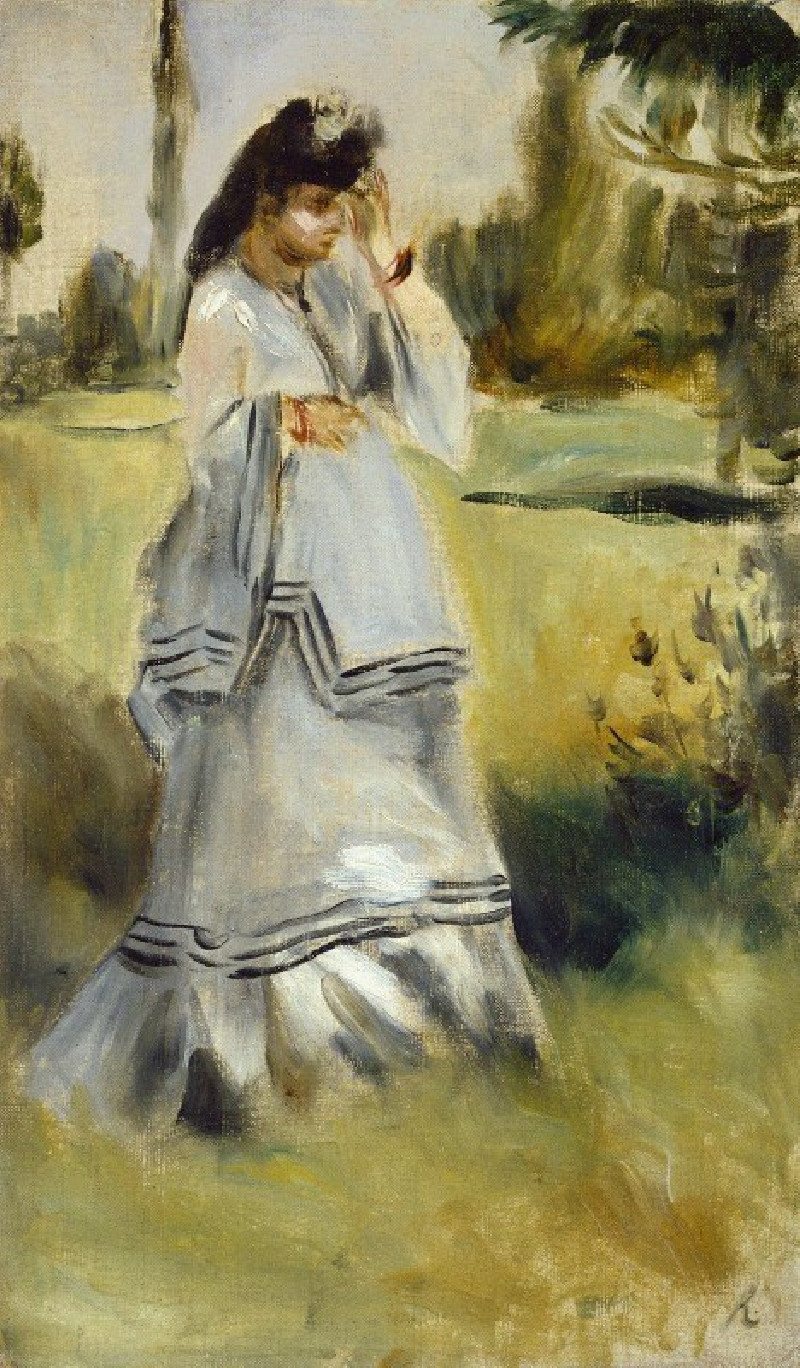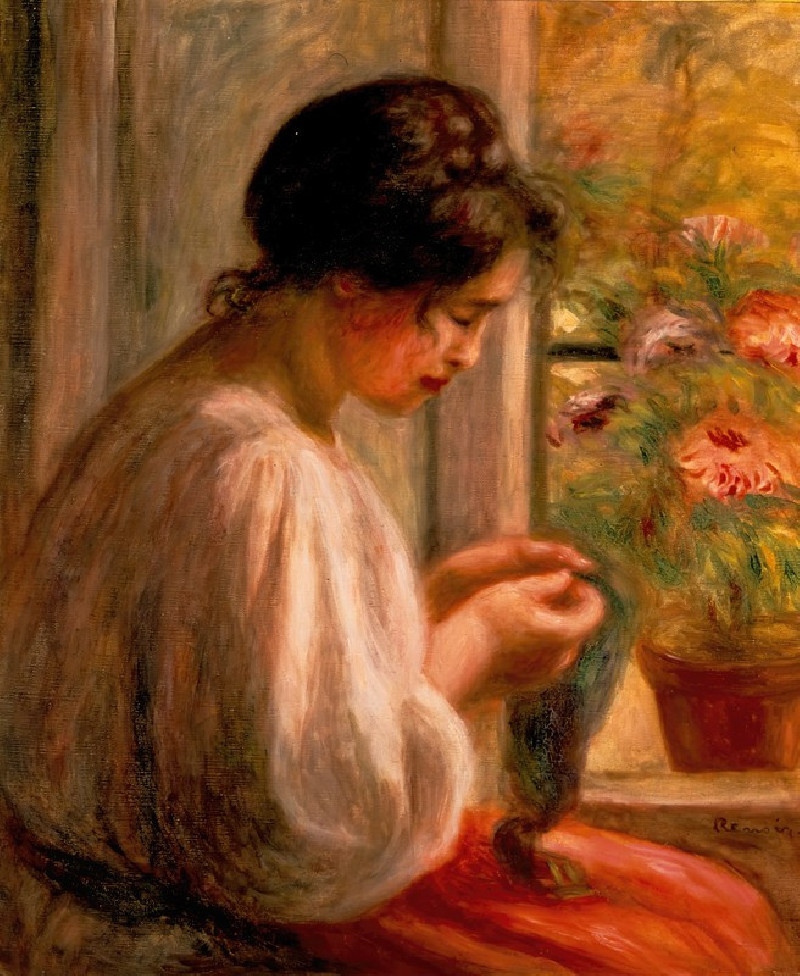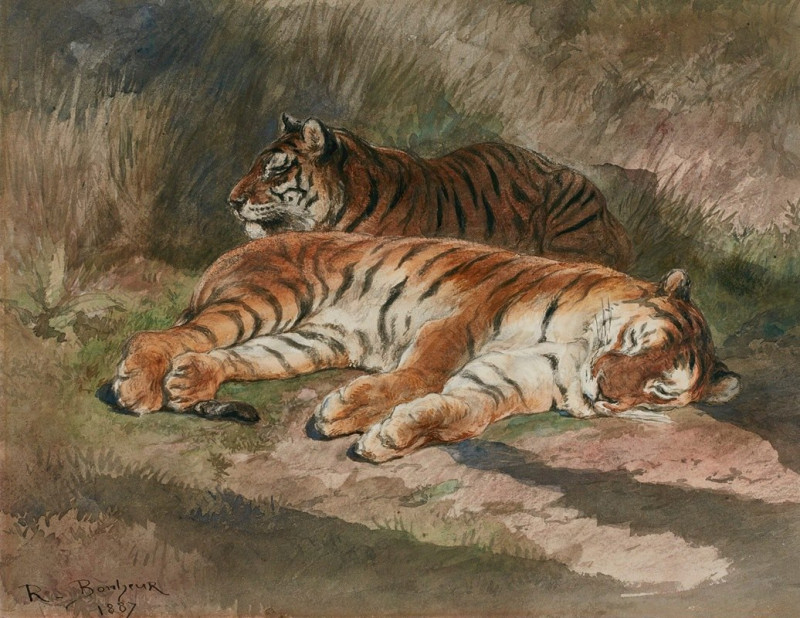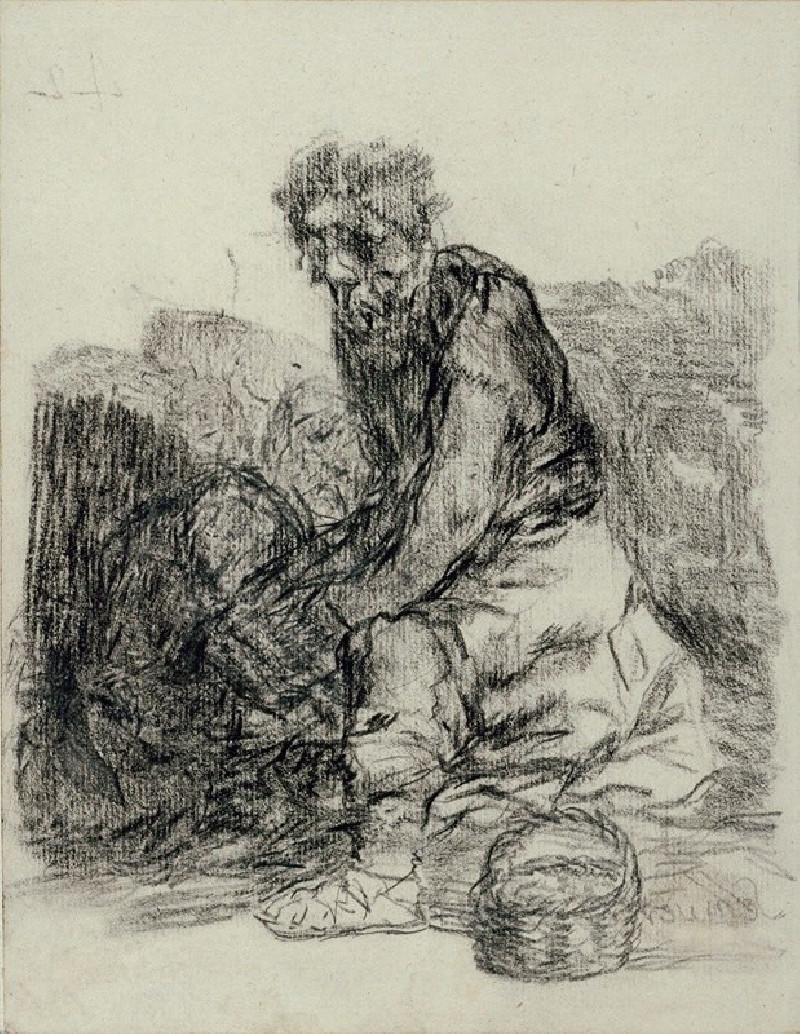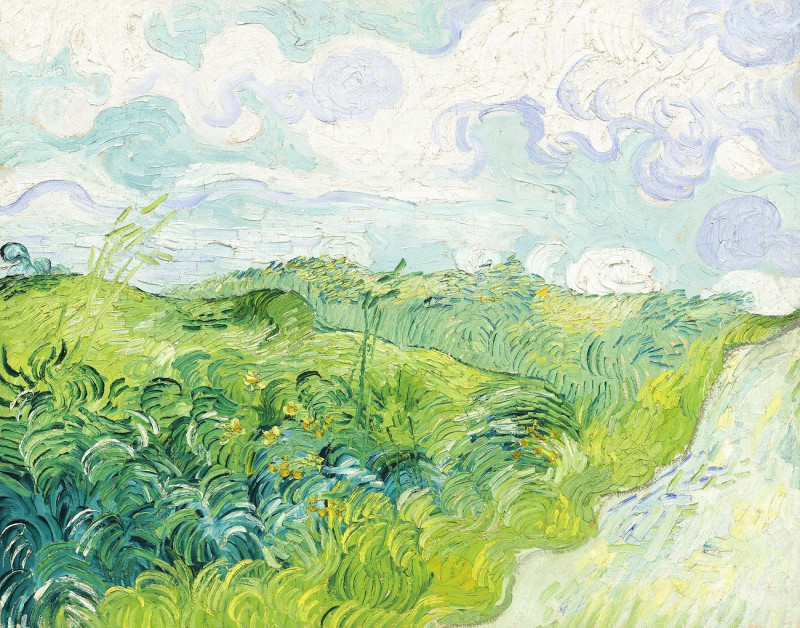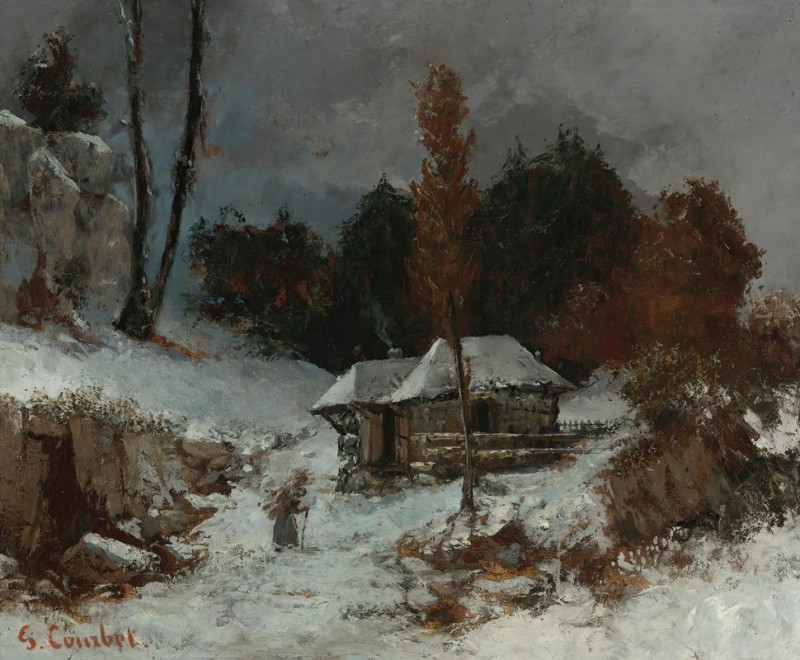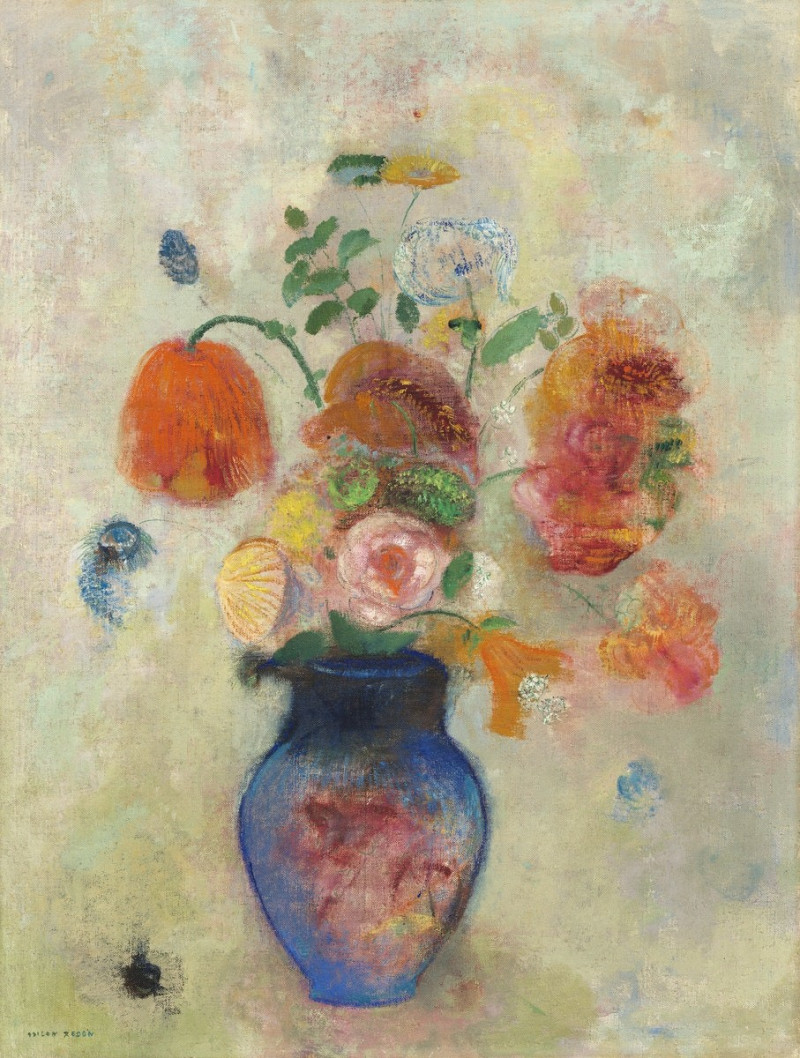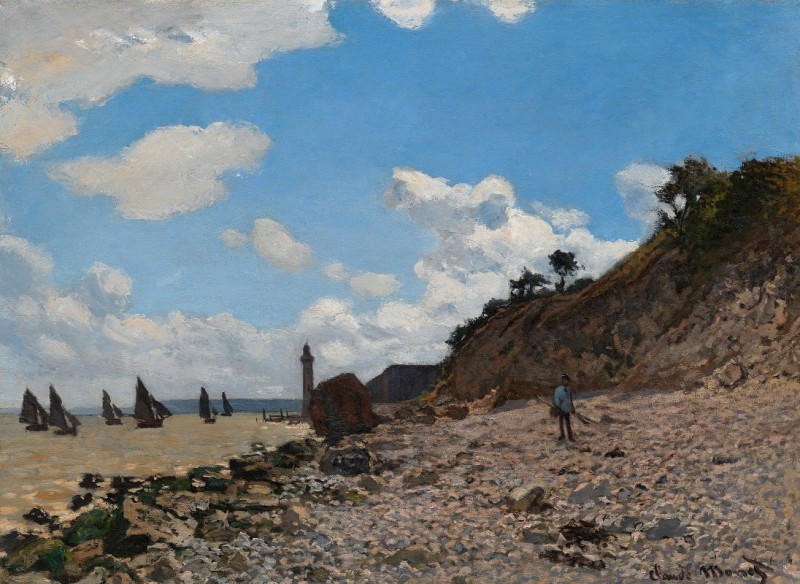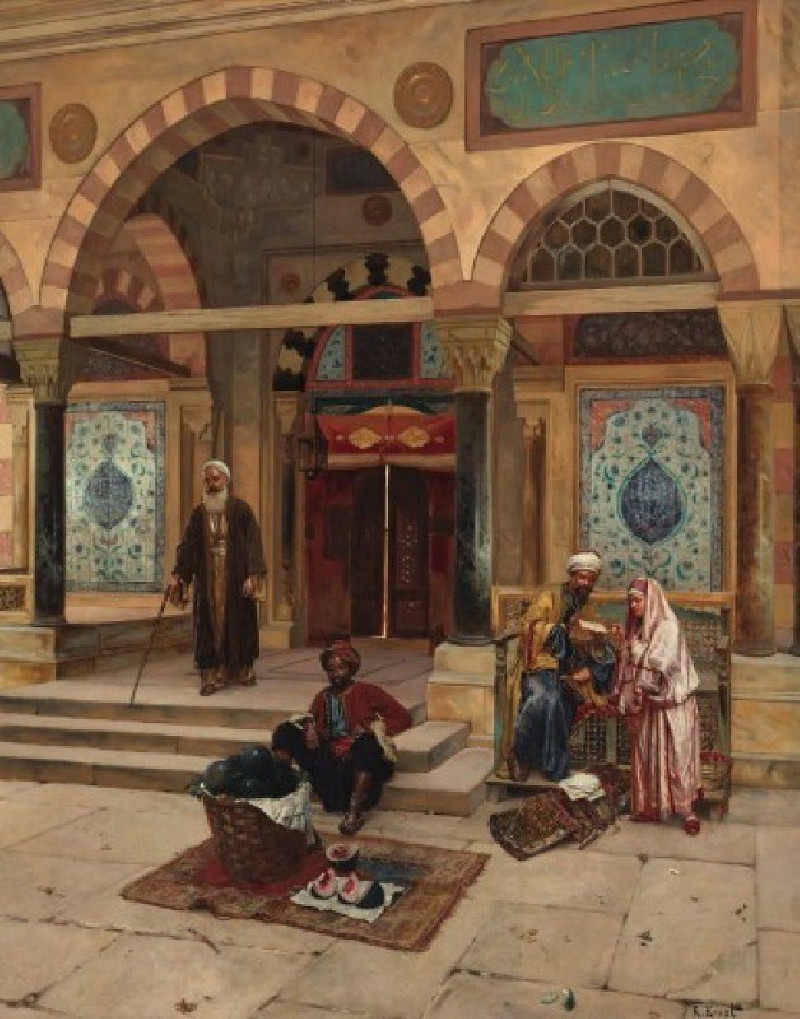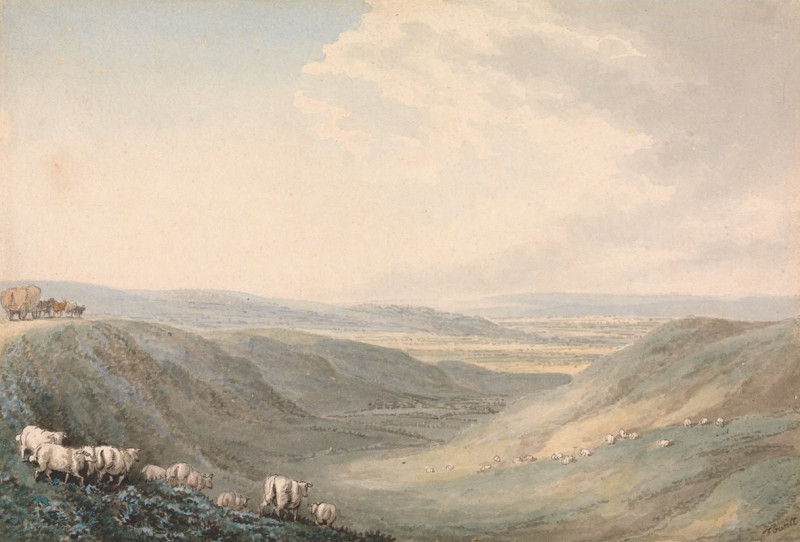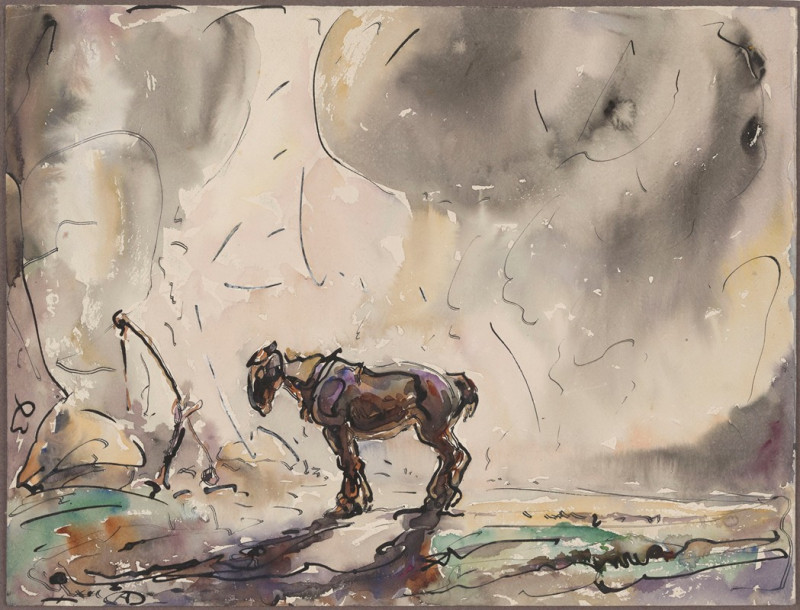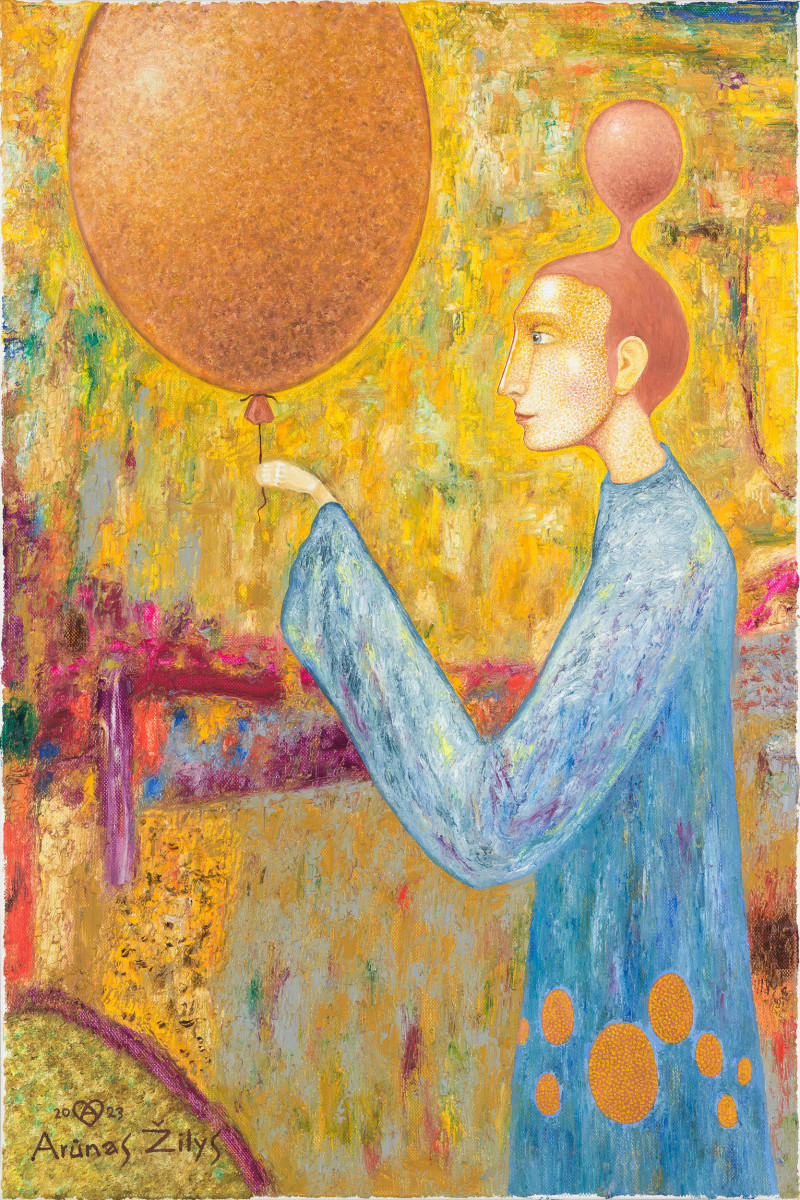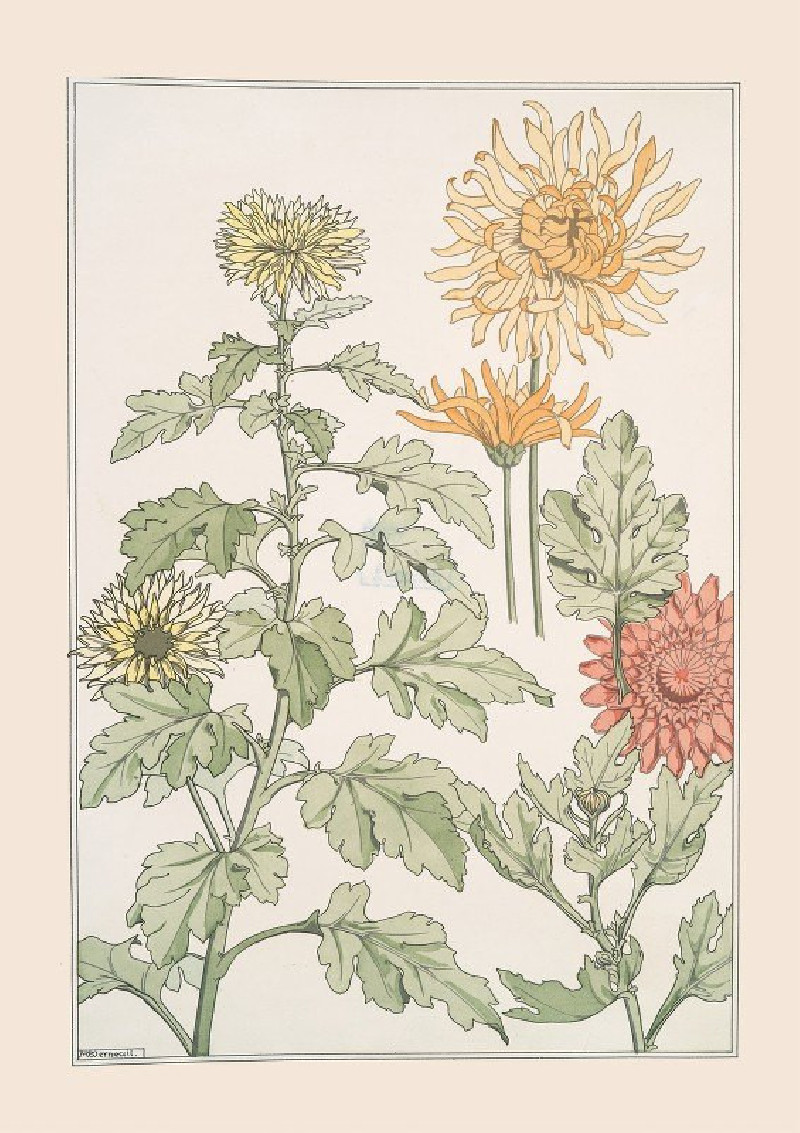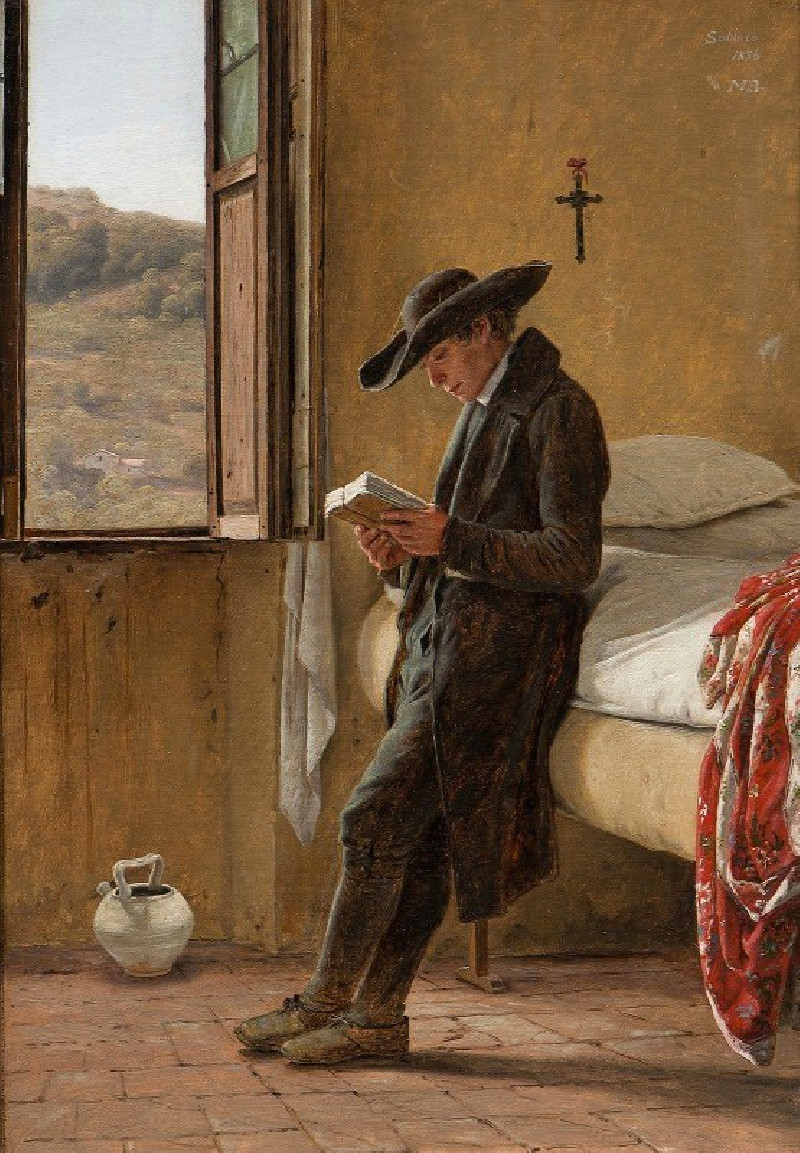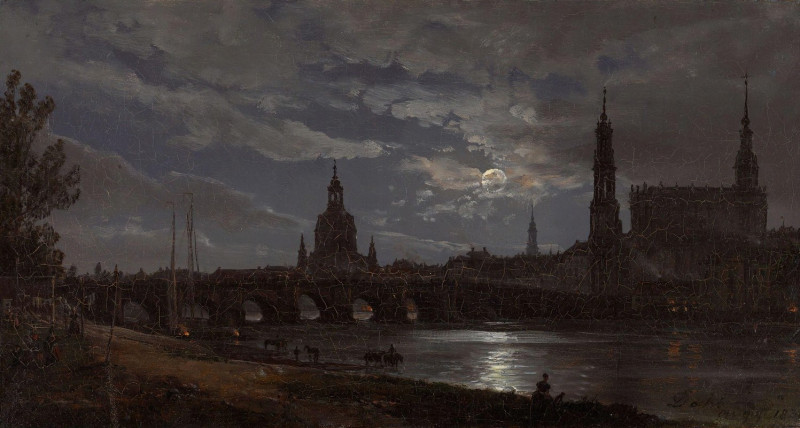Rocky Crags at L’Estaque (1882)
Technique: Giclée quality print
Recommended by our customers
More about this artwork
"Rocky Crags at L’Estaque" by Pierre-Auguste Renoir offers a vibrant landscape painted with light and fluid brushstrokes characteristic of the Impressionist movement. This painting, dating back to 1882, captures the rugged terrain of L’Estaque, a small fishing village near Marseille, which attracted many artists of the time, including Paul Cézanne.Renoir’s depiction is lively and colorful, presenting a scene dominated by rocky formations that stretch across the canvas. These crags are rendered in a mix of creams, whites, and grays, interspersed with patches of greenery. Small shrubs and trees cling to the rocks, adding splashes of green, yellow, and blue that harmonize with the overall palette. The brushwork suggests the rough, uneven surfaces of the rocks and the windswept vegetation, while also conveying the bright, sunlit atmosphere of the Mediterranean coast.The composition is dynamic, yet it has a calmness that invites the viewer to explore every textural detail. The clear blue sky in the background adds a sense of depth and openness to the landscape, creating a contrast that highlights the earthy tones of the rocky hillside.
Delivery
Returns
Pierre-Auguste Renoir was a French artist who was a leading painter in the development of the Impressionist style. As a celebrator of beauty and especially feminine sensuality, it has been said that "Renoir is the final representative of a tradition which runs directly from Rubens to Watteau."

